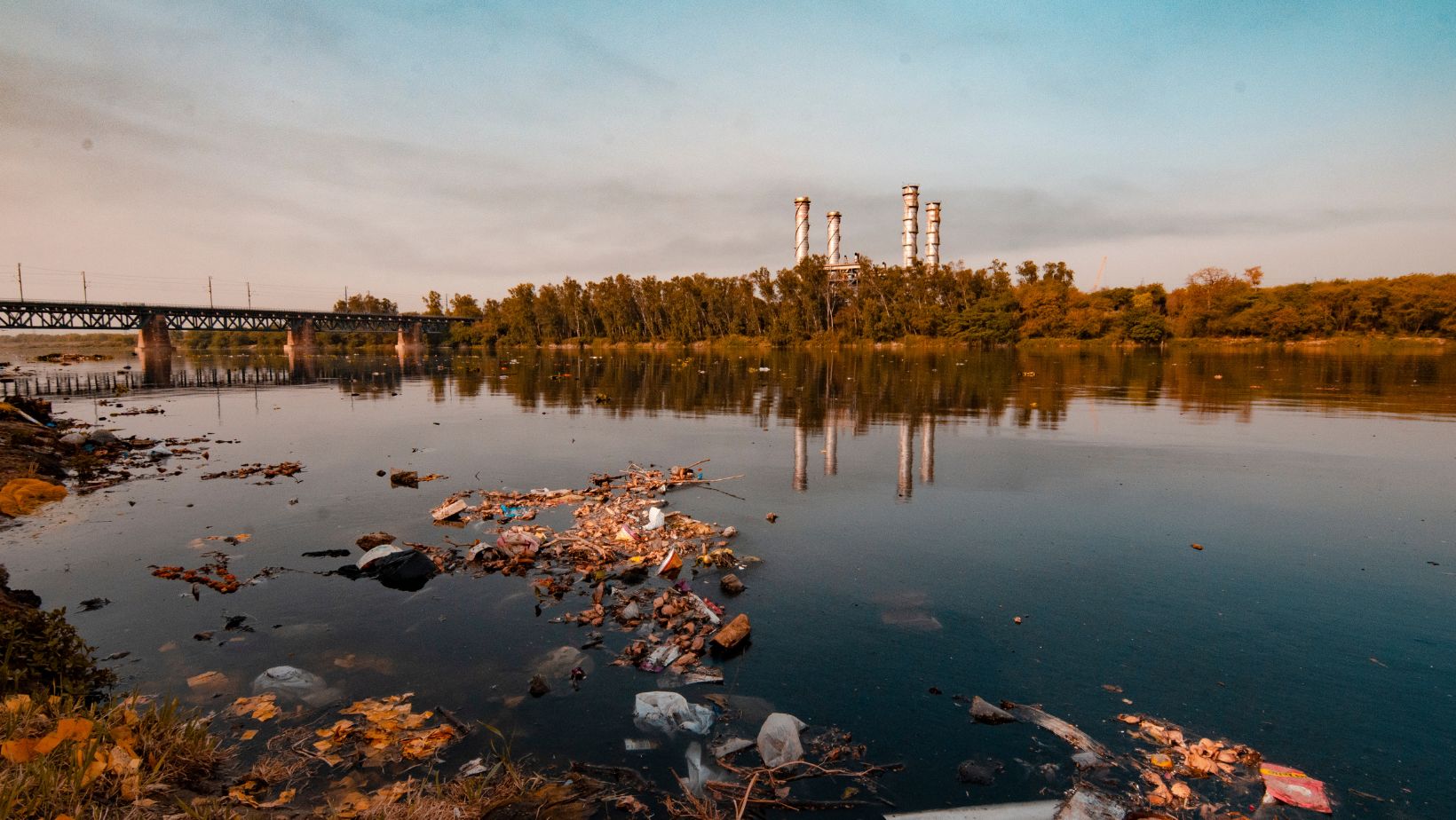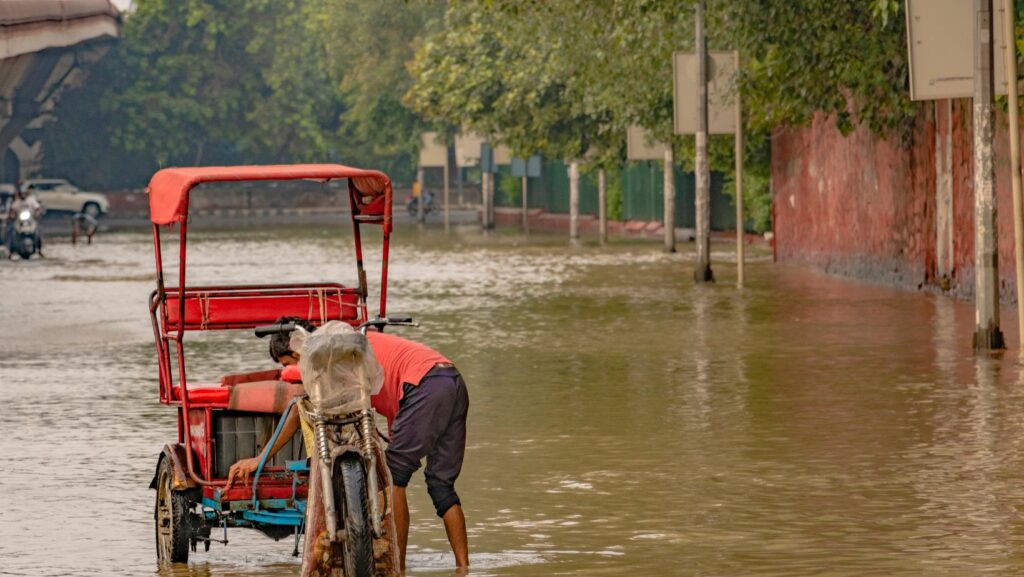Water charities face various challenges in their efforts to provide clean and safe drinking water. They often struggle with limited resources and need innovative solutions to tackle the diverse problems they encounter. These challenges impact their ability to reach communities that need it the most.
Access to funding and support is another significant challenge for these organizations. Many rely on donations, such as those who choose to donate water through NeverThirstWater, to continue their work. They must navigate financial constraints while also dealing with logistical and technical difficulties. This delicate balance is important to their ongoing success.
Funding Limitations
Water charities face several hurdles when it comes to funding. Many donors expect their contributions to go directly to water projects. This expectation can limit the ability to cover necessary administrative costs.
Administrative expenses include salaries, equipment, and other operational needs. Without covering these costs, the sustainability of the charity’s work is at risk. Balancing donations for projects while keeping the organization running smoothly proves challenging.
Some charities publicly claim that all donations go directly to programs, which isn’t always possible. This approach can mislead donors, complicating future fundraising efforts.
Relying on a small donor base can limit available resources. Economic downturns and other factors may also affect donor contributions. Charities need to develop diversified funding strategies to maintain their operations and continue impactful work.
Infrastructure Challenges
Water charities often struggle with aging infrastructure. Pipes and facilities may be outdated, causing inefficiencies. Repairing or replacing these can be expensive and time-consuming.
Finding enough funding is another issue. Securing the money needed for large-scale improvements requires coordination and persistence. Without sufficient funding, these charities might face delays.
Charities also need skilled workers to address infrastructure problems. Training staff takes time and resources. Without skilled personnel, the ability to maintain and upgrade systems can be limited.
Coordination with local governments can be complex. Navigating different policies and regulations is necessary but can slow progress. Successful collaborations require patience and clear communication.
Adapting to new technology poses yet another challenge. Integrating modern systems helps improve efficiency but can be difficult without the right resources or expertise. Staying updated with the latest advancements is necessary for long-term success.
Transparency and Accountability
Water charities often face challenges with transparency and accountability. These organizations need to show clearly how donations are being used. When donors can see where their money goes, they are more likely to trust the charity and continue to provide support.
Many charities use technology to track and report on their activities. This can involve using sensors or online platforms to share real-time data with the public. By doing this, they aim to build trust and demonstrate their commitment to responsible use of funds.
On the flip side, a lack of transparency can lead to skepticism and reduced donations. Potential supporters may hesitate to give if financial details are hidden or unclear. Therefore, water charities must be open about their financial activities to maintain credibility and encourage continuous support from donors. This openness helps create a positive cycle of trust and increased contributions.
Community Engagement and Education
Community engagement plays a big role in the success of water charities. When people in a community understand the benefits of clean water, they are more likely to support projects that bring it to them. Sharing information about health and water not only informs but also encourages participation.
Education is key for long-term impact. Teaching communities about water conservation and maintenance helps sustain projects. Local schools can include lessons on water safety and hygiene to raise awareness among children, which impacts future generations.
Access to clean water at schools is also important. When schools provide safe water, children, especially girls, can attend classes regularly. This reduces the time spent collecting water and opens up educational opportunities.
Funding also influences educational initiatives. Seeking financial support for education and infrastructure helps create sustainable solutions. Community involvement makes sure these solutions work for everyone involved.
Sustainability and Long-term Impact
Water charities face many challenges today, and sustainability is a major concern. They aim to provide long-lasting solutions instead of temporary fixes. This involves creating projects that are eco-friendly and minimize harm to the environment. By doing so, they help conserve natural resources and protect ecosystems.
Long-term impact means these projects continue to benefit communities for years. It’s important to involve local communities in planning and execution. This approach helps them take ownership and responsibility, which improves their chances of success.
Funding is another significant aspect. Sustainable fundraising is necessary to maintain and grow projects. By adopting strategies that attract consistent support, charities can secure resources to continue their work effectively.
Another challenge is technology. Projects should use equipment and systems that are easy for locals to maintain. This reduces dependency on outside help and guarantees the projects can operate well in the future. Choosing the right technology is key to building a lasting impact.
Conclusion
Water charities today face several significant challenges. Securing enough funding to support their missions is a major hurdle. Since many donors focus on the percentage spent on administrative costs, charities must balance between transparency and operational efficiency.
Another issue is reaching remote and low-income communities. These areas often lack infrastructure, making water delivery efforts complicated. Innovative solutions are needed to overcome these geographical barriers.
The need for sustainable and long-term solutions is necessary. Short-term fixes are not enough; these communities require systems that will last for years. Partnerships with local governments and organizations can help achieve these goals.
Lastly, raising awareness about the global water crisis is ongoing. Educating people on the importance of clean water access can drive donations and support. Engaging storytelling and factual data can effectively convey the urgency of these issues.

